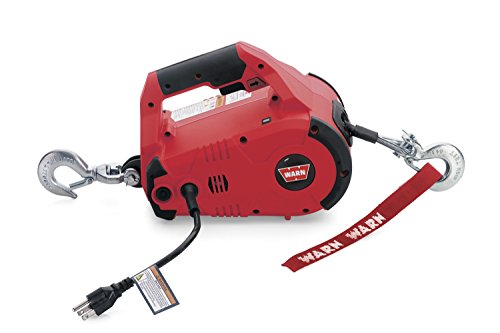- Joined
- Dec 3, 2009
- Messages
- 11,031
- Reaction score
- 299
- Location
- Kingsport, Tennessee
- My Bike Models
- Former '82 GL1100 "The Slug"
Last year I had an issue with my carbs leaking when the bike was off and the gas petcock was closed. They had been rebuilt the previous winter by a professional. (NOT ME!) I found the floats all out of adjustment and the the float pins not sealing. I readjusted and cleaned the ends and finally got them to stop leaking.
I had an '81 engine with over 169k miles in the bike then and had problems with hesitation and what sounded like a detonation pop when I got on the throttle hard after already getting into 2nd gear at 2500 RPM. This engine also has the infamous knocking/tapping sound at around 3000 rpm on up. I swapped out the engine with a really good '83 engine and never looked back........until I finally started to open up the '81 to see what could have caused that knock!
NOW, here are my carb questions:
* The PO said the "carbs were rebuilt and re-jetted" on the '81 engine when I bought that bike as a wreck. If the new "JETS" are not correct for the carbs ....or... they are aftermarket junk, what would I expect would happen? (Mind you, I am not good with carbs or gasoline engines!)
*The carbs leaked a lot (under statement)....potential cause of knock from too much gas prematurely getting into the intake?
*I did finally check the vacuum advance and it is working fine (although sitting on the floor now).
Take a look at this picture of #3 piston. Is that an excessive amount of burn on the crown? Detonation?


I put the carbs on the '83 engine after all of the leaks and cleanup were completed and it runs good. But could it run better if the jets were changed out and OEM jets installed?
I had an '81 engine with over 169k miles in the bike then and had problems with hesitation and what sounded like a detonation pop when I got on the throttle hard after already getting into 2nd gear at 2500 RPM. This engine also has the infamous knocking/tapping sound at around 3000 rpm on up. I swapped out the engine with a really good '83 engine and never looked back........until I finally started to open up the '81 to see what could have caused that knock!
NOW, here are my carb questions:
* The PO said the "carbs were rebuilt and re-jetted" on the '81 engine when I bought that bike as a wreck. If the new "JETS" are not correct for the carbs ....or... they are aftermarket junk, what would I expect would happen? (Mind you, I am not good with carbs or gasoline engines!)
*The carbs leaked a lot (under statement)....potential cause of knock from too much gas prematurely getting into the intake?
*I did finally check the vacuum advance and it is working fine (although sitting on the floor now).
Take a look at this picture of #3 piston. Is that an excessive amount of burn on the crown? Detonation?


I put the carbs on the '83 engine after all of the leaks and cleanup were completed and it runs good. But could it run better if the jets were changed out and OEM jets installed?




















































